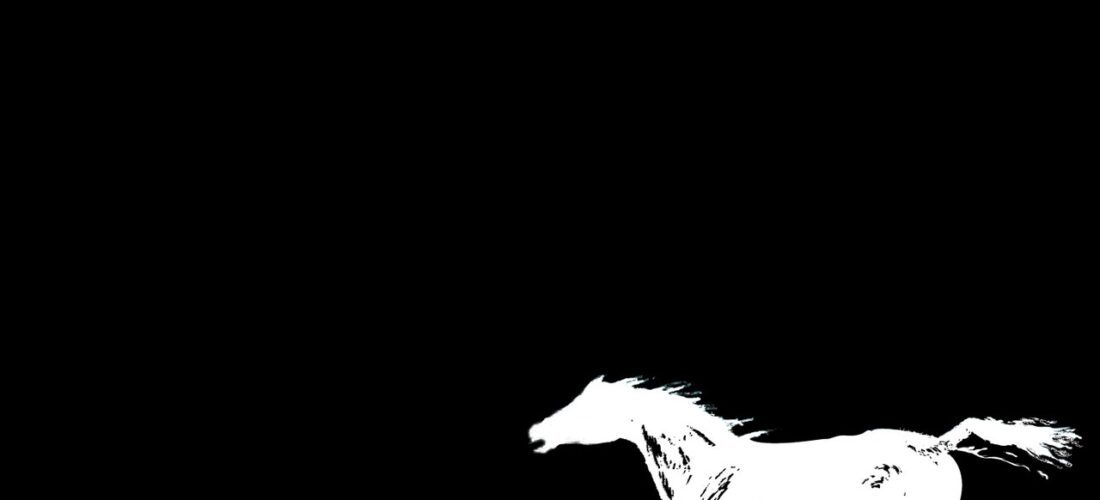The significance of the Rivoli to Toronto music lore cannot be overstated. Upon opening in 1982, the Queen Street West venue became an epicenter of local bohemia, with a streetfront restaurant serving up pad thai to art students on first dates, a second-floor pool hall where you could wager away the last of your beer money, and most crucially, an intimate, 200-capacity brick-walled performance room where the city’s freaks had free rein. Through the ’80s, it was the space where queercore pioneers Fifth Column turned their gigs into Super 8 film happenings, the Cowboy Junkies perfected their brand of codeined country, and a pre-TV Kids in the Hall pushed sketch comedy to anarchic extremes. In the late ’90s, it was the place where a young Leslie Feist workshopped songs and tended bar. And a decade after that, you might’ve caught a teenage Aubrey Graham trying his hand at improv. Even now, long after the Queen West neighborhood’s cachet has diminished, the Rivoli is still a place where music history is made: Last November, it hosted arguably the strangest Neil Young and Crazy Horse gig ever.
There’s nothing that shocking about an artist of Neil Young’s stature playing a room as tiny as the Riv—the surprise small-venue underplay is a fairly common move for arena-level acts promoting a new album or warming up for a big tour. But the circumstances surrounding the Rivoli show—a private 50th-birthday party for billionaire Canada Goose parka poobah Dani Reiss—raised a few eyebrows, given that Neil’s spent a good chunk of his career putting corporations in his crosshairs. (Maybe, after spending his formative years in Winnipeg, Neil just really appreciates a warm winter coat.) What’s even more unfathomable is that Neil Young and Crazy Horse were actually the opening act—in keeping with the party’s theme of “age before beauty,” their set was followed by an appearance from Canadian rock-radio mainstays the Arkells. But the live-album document of the gig, titled Fu##in’ Up, is more than just a glorified souvenir from the sort of birthday party that presumably required its guests to sign NDAs.
At the Rivoli, Neil and the Horse performed a track-by-track (minus one) run-through of 1990’s Ragged Glory, and in a nod to the gig’s secretive logistics, all of the songs—save for the cover of the ’60s garage-band standard “Farmer John”—have been rebranded for Fu##in’ Up with new titles pulled from their respective lyrics. If 1989’s course-correcting Freedom offered an encouraging sign that Neil hadn’t completely lost the plot during his infamous ’80s wilderness years, Ragged Glory affirmed his elder-statesman status for a new generation of flannel-clad feedback addicts, prompting tours with Sonic Youth and a million “godfather of grunge” plaudits. The album topped the Village Voice’s Pazz & Jop critics’ poll and was widely hailed as an electrifying display of vitality from a veteran band entering their third decade together—and that was 34 years ago. Now that Neil and his bandmates are pushing 80 (if not already there) Ragged Glory’s spirit of camaraderie, perseverance, and bittersweet nostalgia feels all the more trenchant. If a line like “There’s very few of us left, my friend, from the days that used to be” carried a whiff of melancholy in 1991, imagine what it feels like to sing it now.
